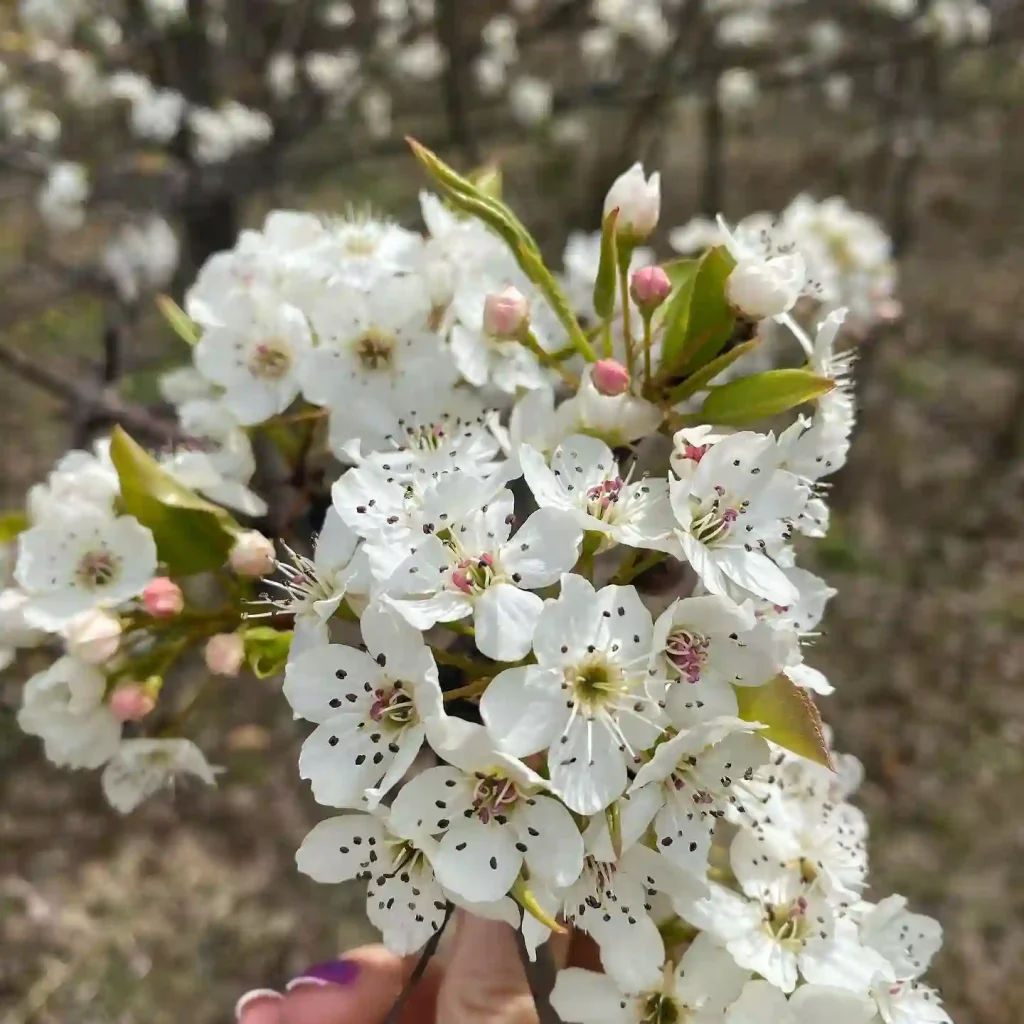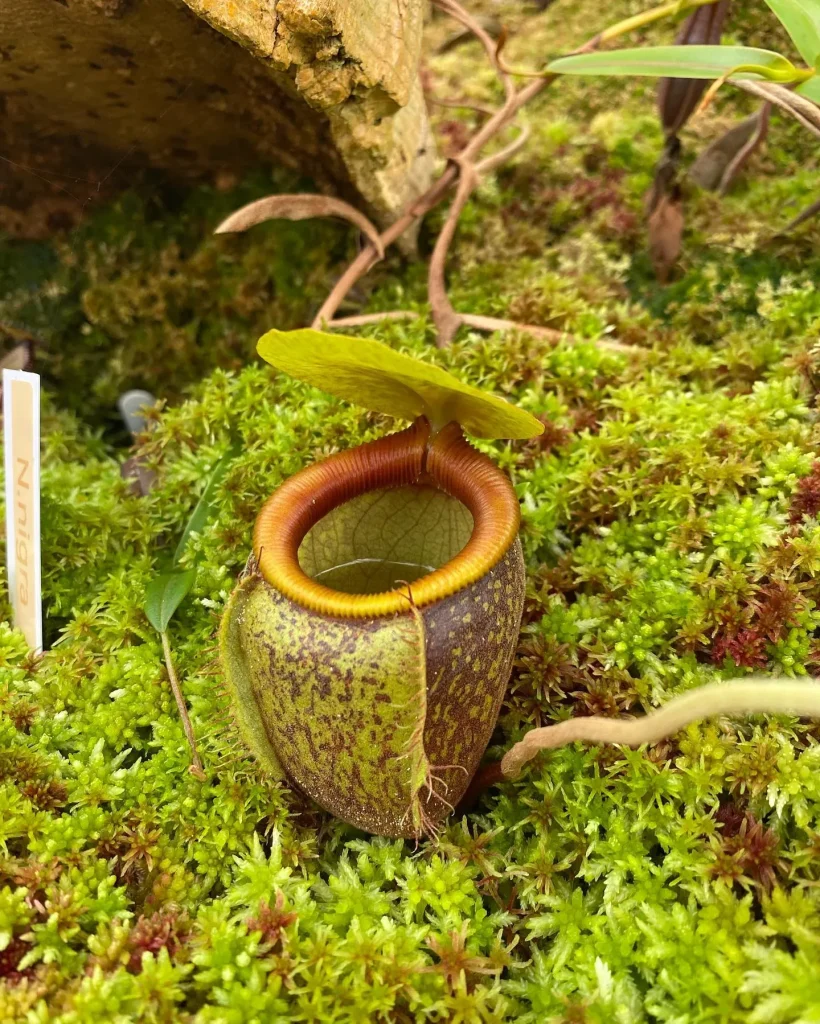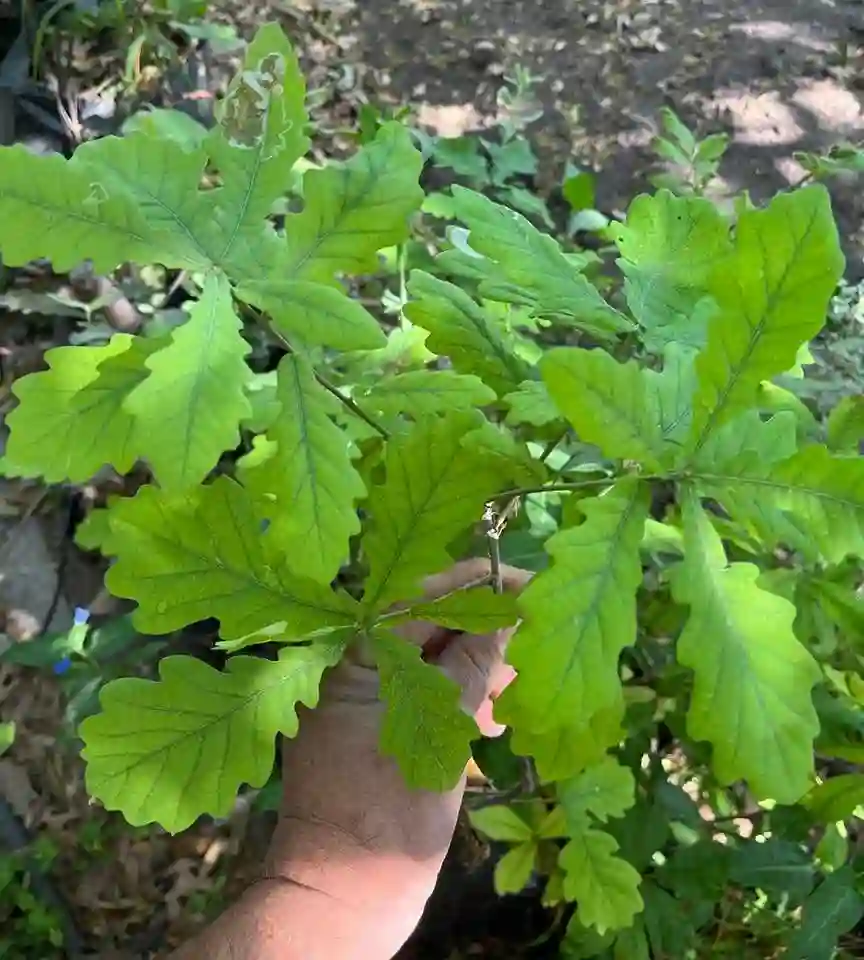The Lotus: A Symbol of Resilience and Beauty
As Ferb Vu, I’ve always been fascinated by the lotus plant. It’s a symbol of resilience, beauty, and purity in many cultures, and for good reason. This aquatic plant emerges from murky waters to bloom pristine and untouched, a metaphor for the human spirit’s ability to rise above challenges.
But the lotus is more than just a pretty face. It’s a genus of flowering plants with a rich history and diverse uses. Let’s dive deeper into the world of the lotus, exploring its different species and unique characteristics.
A Closer Look at the Lotus Genus
The lotus belongs to the Nelumbo genus, which is part of the Nelumbonaceae family. While often confused with water lilies, the lotus is distinct with its unique seed pods and the way its leaves and flowers rise above the water’s surface.
There are 129 species of lotus:
- Lotus aduncus (Griseb.) Nyman
- Lotus aegaeus (Griseb.) Boiss.
- Lotus alianus J.H.Kirkbr.
- Lotus alpinus (Ser.) Schleich. ex Ramond
- Lotus anfractuosus (Baker f.) Kramina & D.D.Sokoloff
- Lotus angustissimus L.
- Lotus arabicus Sol. ex L.
- Lotus arenarius Brot.
- Lotus argyrodes R.P.Murray
- Lotus arinagensis Bramwell
- Lotus assakensis Coss. ex Brand
- Lotus australis Andrews
- Lotus axilliflorus (Hub.-Mor.) D.D.Sokoloff
- Lotus becquetii Boutique
- Lotus benoistii (Maire) Lassen
- Lotus berthelotii Masf.
- Lotus biflorus Desr.
- Lotus borbasii Ujhelyi
- Lotus broussonetii Choisy ex Ser.
- Lotus brunneri Webb
- Lotus burttii Borsos
- Lotus callis-viridis Bramwell & D.H.Davis
- Lotus campylocladus Webb & Berthel.
- Lotus carpetanus Lacaita
- Lotus castellanus Boiss. & Reut.
- Lotus chazaliei H.Boissieu
- Lotus chevalieri Rivas Mart., Lousã, J.C.Costa & Maria C.Duarte
- Lotus compactus Chrtková
- Lotus conimbricensis Brot.
- Lotus conjugatus L.
- Lotus corniculatus L.
- Lotus creticus L.
- Lotus cruentus Court
- Lotus cytisoides L.
- Lotus × davyae Druce
- Lotus discolor E.Mey.
- Lotus divaricatus Boiss.
- Lotus dorycnium L.
- Lotus drepanocarpus Durieu
- Lotus dumetorum Webb ex R.P.Murray
- Lotus edulis L.
- Lotus emeroides R.P.Murray
- Lotus eremiticus A.Santos
- Lotus eriophthalmus Webb & Berthel.
- Lotus frondosus (Freyn) Kuprian.
- Lotus fulgurans (Porta) D.D.Sokoloff
- Lotus garcinii DC.
- Lotus gebelia Vent.
- Lotus germanicus (Gremli) Peruzzi
- Lotus glacialis (Boiss.) Pau
- Lotus glareosus Boiss. & Reut.
- Lotus glaucus Aiton
- Lotus glinoides Delile
- Lotus goetzei Harms
- Lotus gomerythus A.Portero, J.Martín-Carbajal & R.Mesa
- Lotus graecus L.
- Lotus halophilus Boiss. & Spruner
- Lotus hebecarpus J.B.Gillett
- Lotus hebranicus Hochst. ex Brand
- Lotus herbaceus (Vill.) Jauzein
- Lotus hirsutus L.
- Lotus holosericeus Webb & Berthel.
- Lotus jacobaeus L.
- Lotus japonicus (Regel) K.Larsen
- Lotus jolyi Batt.
- Lotus jordanii (Loret & Barrandon) Coulot, Rabaute & J.-M.Tison
- Lotus krylovii Schischk. & Serg.
- Lotus kunkelii (Esteve) Bramwell & D.H.Davis
- Lotus lalambensis Schweinf.
- Lotus lancerottensis Webb & Berthel.
- Lotus lanuginosus Vent.
- Lotus laricus Rech.f., Aellen & Esfand.
- Lotus lebrunii Boutique
- Lotus longisiliquosus R.Roem.
- Lotus lourdes-santiagoi Pina & Valdés
- Lotus loweanus Webb & Berthel.
- Lotus macranthus Lowe
- Lotus maculatus Breitf.
- Lotus maritimus L.
- Lotus maroccanus Ball
- Lotus mascaensis Burchard
- Lotus × medioximus Husn.
- Lotus michauxianus Ser.
- Lotus × minoricensis M.À.Conesa, Mus & Rosselló
- Lotus miyakojimae Kramina
- Lotus mlanjeanus J.B.Gillett
- Lotus mollis Balf.f.
- Lotus namulensis Brand
- Lotus nubicus Hochst. ex Baker
- Lotus oliveirae A.Chev.
- Lotus ononopsis Balf.f.
- Lotus ornithopodioides L.
- Lotus palustris Willd.
- Lotus parviflorus Desf.
- Lotus peczoricus Miniaev & Ulle
- Lotus pedunculatus Cav.
- Lotus peregrinus L.
- Lotus polyphyllos E.D.Clarke
- Lotus pseudocreticus Maire, Weiller & Wilczek
- Lotus purpureus Webb
- Lotus pyranthus P.Pérez
- Lotus quinatus (Forssk.) J.B.Gillett
- Lotus rechingeri Chrtková
- Lotus rectus L.
- Lotus requienii Mauri ex Sanguin.
- Lotus robsonii E.S.Martins & D.D.Sokoloff
- Lotus sanguineus (Vural) D.D.Sokoloff
- Lotus schoelleri Schweinf.
- Lotus sessilifolius DC.
- Lotus simoneae Maire, Weiller & Wilczek
- Lotus spartioides Webb & Berthel.
- Lotus spectabilis Choisy ex Ser.
- Lotus stepposus Kramina
- Lotus strictus Fisch. & C.A.Mey.
- Lotus subbiflorus Lag.
- Lotus subdigitatus Boutique
- Lotus subglaber Charit.
- Lotus taitungensis S.S.Ying
- Lotus tenellus (Lowe) Sandral, A.Santos & D.D.Sokoloff
- Lotus tenuis Waldst. & Kit. ex Willd.
- Lotus tetragonolobus L.
- Lotus tetraphyllus L.
- Lotus tibesticus Maire
- Lotus torulosus (Chiov.) Fiori
- Lotus × ucrainicus Klokov
- Lotus villicarpus Andr.
- Lotus weilleri Maire
- Lotus wildii J.B.Gillett
- Lotus zemmouriensis C.Chatel., F.Andrieu & Dobignard
The Lotus in Different Cultures
The lotus holds deep symbolic meaning in various cultures, particularly in Asia.
- In Hinduism and Buddhism: The lotus represents purity, enlightenment, and rebirth. It’s often associated with deities like Lakshmi and Buddha.
- In ancient Egypt: The lotus symbolized the sun and creation. It was associated with the god Nefertem and used in funerary rituals.
- In China: The lotus is a symbol of purity, harmony, and summer. It’s often depicted in art and literature.
The Many Uses of the Lotus
Beyond its symbolic significance, the lotus has practical uses as well.
- Food: Almost all parts of the lotus plant are edible. The seeds can be eaten raw, roasted, or ground into flour. The rhizomes (underground stems) are also consumed as a vegetable.
- Medicine: The lotus has been used in traditional medicine for centuries. It’s believed to have anti-inflammatory, antioxidant, and anti-cancer properties.
- Ornamentation: The lotus is a popular ornamental plant, grown in ponds and water gardens for its beautiful flowers and unique foliage.
The Lotus Effect: A Marvel of Nature
One of the most fascinating aspects of the lotus is its self-cleaning ability, known as the “lotus effect.” The leaves of the lotus plant are covered in microscopic bumps that repel water and dirt. This allows the leaves to remain clean and dry even when submerged in muddy water. Scientists have studied this phenomenon to develop water-repellent materials inspired by the lotus leaf.
Conservation Efforts
While the lotus is not currently endangered, habitat loss and pollution threaten some populations. Conservation efforts are underway to protect this iconic plant and ensure its survival for future generations.
Conclusion
The lotus is a remarkable plant that has captured the human imagination for centuries. Its beauty, resilience, and diverse uses make it a true marvel of nature. As we continue to learn more about this fascinating plant, we can appreciate its significance not just as a symbol but also as a valuable resource and a source of inspiration.
If i die, water my plants!



